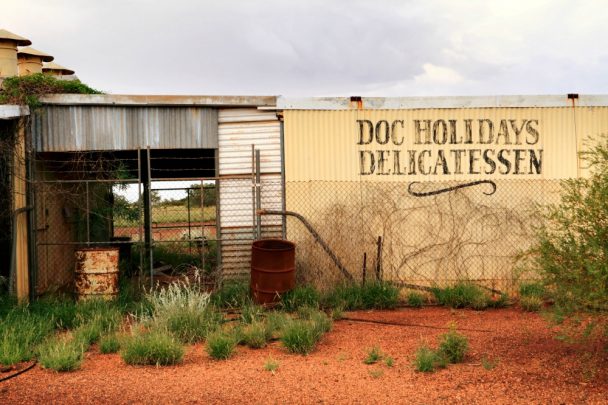
Tourists heading to a Western Australian ghost town have been warned they are dicing with death if they continue to visit the abandoned area.
Wittenoom has been described as one of the most contaminated and dangerous areas in the world due to the town’s history of asbestos mines.
While once considered useful in the construction of buildings and homes, the mineral fibre is now known as the cause of a number of life-threatening illnesses including cancer. The use of the asbestos has been banned in Australia since 2003.
Despite Wittenoom’s official closure in 2007 for safety reasons, tourists continue to visit the contaminated town as a form of extreme tourism.
Ashburn Shire CEO Rob Paull has now warned these thrill-seeking tourists of the dangers of visiting the town without the correct protective clothing and respiratory equipment.
“We’ve just heard on the Pilbara grapevine that there are groups going out there. Maybe they think it’s adventure tourism or along those lines, but we want to make sure everybody is aware there are significant dangers for themselves, their family and their friends if they go to Wittenoom,” Paull told the ABC.
Some Western Australia tourism operators have reportedly been running guided tours of the notorious town despite the number of warning signs cautioning tourists to steer clear.
Prior to its closure, Wittenoom was the largest town in the region of Pilbara which is located deep inland of Western Australia. It was also home to Australia’s only blue asbestos mine.
From the 1930s to 1966 the booming town was home to around 20,000 people who lived surrounded by mines full of the deadly blue asbestos.
Until the early ‘60s Wittenoom was Australia’s sole supplier of asbestos and in total mined around 161,000 tonnes.
Throughout the time of active mining, more than 2,000 people died due to lung disease. Locals began linking the cause of death to the presence of asbestos dust in the air and were recognising the level of contamination as early as 1943.
As the number of deaths continue to rise today due to the industrial disaster in the town, it has been estimated that 25 per cent of all miners who worked in the contaminated mines will die of asbestos related diseases such as asbestosis, lung cancer and mesothelioma.
The town was officially removed from Australian maps in 2007 and the last remaining residents were forced to leave in 2015.
The ghost town is now known as the most contaminated site in the Southern Hemisphere, however, tourists still risk their lives to catch a glimpse of the dangerous, abandoned area.